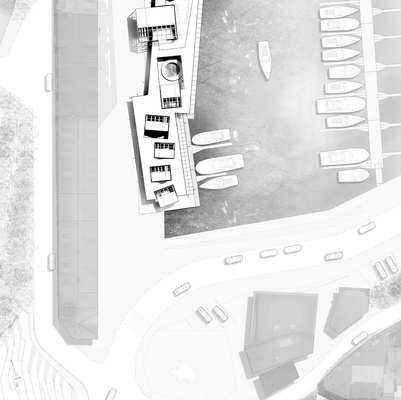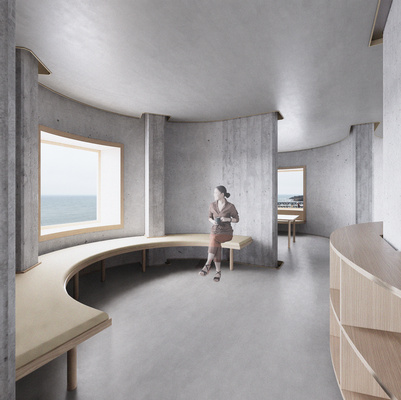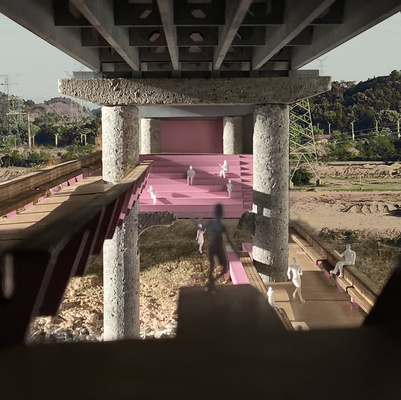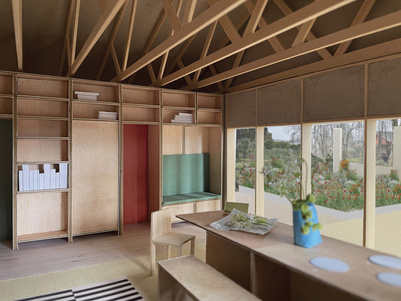Abstract
The concept of the picturesque is one that is steeped in narratives, fictions and notions of representation. Throughout the eighteenth and nineteenth centuries the picturesque or, ‘painterly’, lens became the prominent means of interpreting the natural Irish landscape (Slater, 2007). Following such picturesque readings of the landscape, the physical implementation of picturesque gardens emerged as common practice on the Irish estates of the planted landed gentry class. These constructed landscapes, imagined and implemented representations of natural Irish conditions were littered with ornamental follies symbolic of an idealised history, one that was disconnected from the ancestral land.
Cinematic traditions can be considered one of the most direct evolutions of picturesque aesthetic ideals. Picturesque and cinematic movements share similarities in both their composition and their construction, are both associated with movement and spatio-sequential experience and both have the potential to generate represented landscapes. Considering cinema as an evolution of the picturesque is particularly interesting in a contemporary Irish context. In recent years the country has emerged as a significant destination for location filming. The result is a wealth of filmic representations of Ireland; the country’s ‘real’ and ‘reel’ landscapes have become intertwined.
This project will be concerned with relationship between the picturesque, cinematic landscapes and the cultural historic landscape of Northern Ireland, in order to interrogate Irish landscapes and their representations. It will understand the cinematic medium as an evolution of the picturesque, an aesthetic philosophy that has a long and complex history within Ireland. The first phase of the project will manifest in a study of the Northern Irish rural landscape as a spatial condition, considering landscapes within picturesque and cinematic traditions within this context. The project’s second phase will use the findings of this study in order to question how architectural intervention can react to these overlapping landscapes. It will propose a series of follies functioning as both a prospect to, and an object within, such real and represented landscapes.
Slater. E., (2007) Reconstructing ‘nature’ as a picturesque theme park: The colonial case of Ireland in Early Popular Visual Culture. Vol. 5, No. 3, pp. 231- 245. iii














